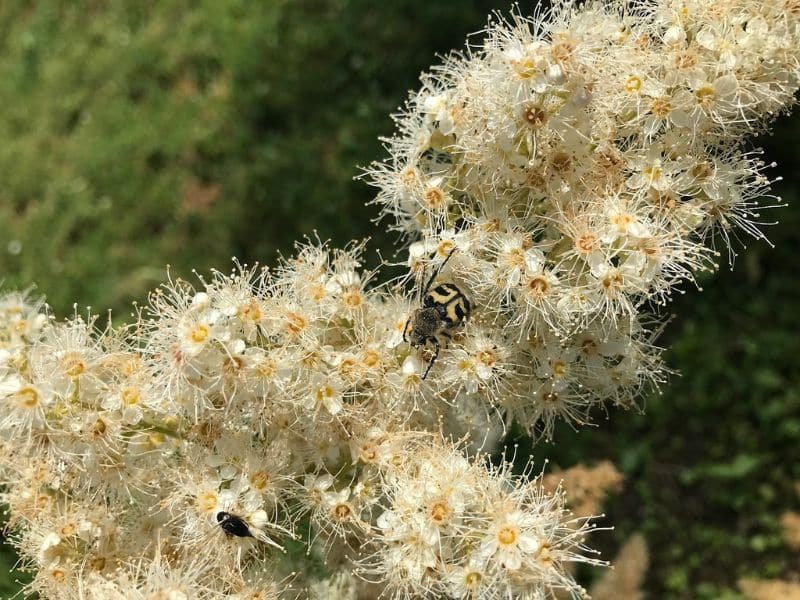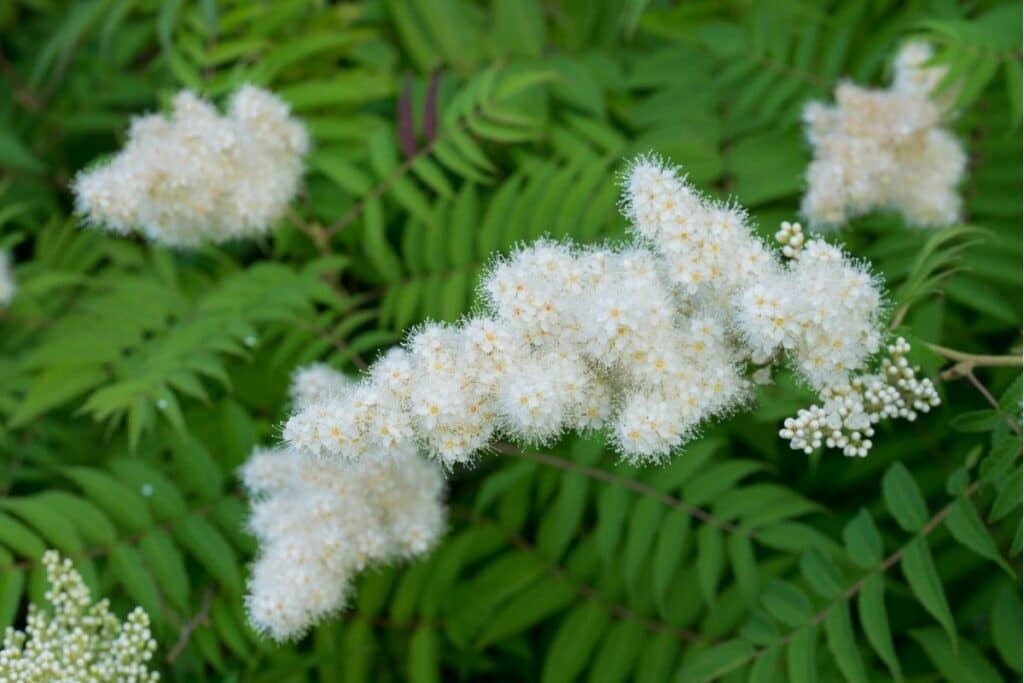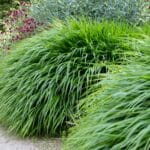Forgetful gardeners must avoid planting false spirea. If not, this plant will spread out very quickly, and they could potentially lose much-needed space for other crops. These plants grow so fast that their roots could grow underneath without stopping.
This bush has a ‘’I’ll-grow-everywhere’’ kind of attitude. And precisely because of this, false spirea shrub is so loved by many.
Continue reading if you would like to know more about this invasive yet gorgeous plant.
Basic Facts about False Spirea
The false spirea’s botanical name is Sorbaria sorbifolia. Interestingly, they belong to the Rosaceae family of plants, thus, they are related to roses.
This is a native shrub to Manchuria, China, Japan, Siberia, and Korea, although it can be found everywhere in the world right now. According to the USDA hardiness zone, the false spirea will thrive best in zones 2 to 9.
This plant is often called ash-leaf spirea, or ural false spirea. They can grow up to 10 feet tall and bloom throughout the summer, more specifically from June to July.
Ash-leaf Spirea’s Characteristics
This shrub forms many arching branches that are often covered with feathery leaves, and the flowers will bloom during the summer.
This rapidly growing shrub will spread if left untouched, hence why it is often considered an invasive species.
Although it looks like a delicate shrub, the reality is that it is firm and will withstand the hardest of climate conditions.
In early summer, it has lots of tiny white flowers, and the deep green foliage look like mountain ash, which is linked to it.

How to Grow the Ural False Spirea Shrub
Keep these tips in mind when growing this low-maintenance shrub:
Light Exposure
The shrub needs plenty of direct light to thrive. Thus, it would be best if it’s planted directly under the sunlight. If it receives full sun for at least 6 hours a day, the shrub will grow healthy.
If the weather is too hard, especially during summer, it is advisable to place the shrub in a partially shaded area. This way, the plant will have more survival chances.
Water Requirements
The shrub is very drought-tolerant, thus, it won’t need much water apart from rainwater. However, if the leaves start turning yellow, it is advisable to water them thoroughly until they start changing colors as well, as this is usually the sign that the shrub needs water.
Soil Needs
Although the ural false spirea prefers organic-rich soils, they will grow in more problematic soils such as clay soils. As a result, this plant is often used in difficult areas to stop erosion from happening.
In fact, gardeners have been planting the shrub to prevent erosion and as a green mulch that can cover and protect the soil.
Space Requirements
If only a small space is left available for this shrub, they will immediately take it over completely. If there is more available space, it will rapidly grow in those areas, regardless of the other plants and their needs.
A Sorbaria sorbifolia shrub could be grown in a large container. This way, you will make sure the plant never spreads out to other areas. However, the plant’s roots could break the container if or when they start growing.
Lastly, the plant won’t grow as quickly when it’s in heavy clay soil, as the clay particles won’t allow the propagation of the false spirea bush.
Prune
Ideally, it would be best to prune old leaves, branches, root suckers, and even the flowers of this shrub as soon as late winter starts to fade away. These false spirea plants won’t survive hard winters. Thus, they will come back healthier in the early spring if you prune them first.
Pests and Disease Problems
This plant is durable, resistant, and strong, therefore, it will thrive even if the meanest of pests comes after it! There are no serious diseases that affect this plant either.
Uses
False spirea (Astilbe) is a versatile plant prized for its ornamental value and various uses in landscaping and gardening. With its feathery plumes of white flowers and attractive foliage, false spirea adds beauty and texture to garden beds, borders, and woodland settings.
It is commonly used as a perennial border plant, providing a colorful backdrop for other flowering perennials. False spirea also thrives in moist or boggy areas, making it an excellent choice for rain gardens or along the edges of ponds or streams.
Additionally, False spirea (Astilbe) is an effective plant for erosion control due to its dense root system and ability to thrive in moist or boggy soils.
FAQs
Why is my false spirea turning brown?
False spirea (Astilbe) turning brown could indicate various issues such as underwatering, overexposure to sunlight, nutrient deficiencies, or pests/diseases. Assess its growing conditions and address any potential stressors to help revive it.
Should false spirea be deadheaded?
Deadheading spent blooms on false spirea can promote continued blooming and improve the plant’s overall appearance. Remove faded flower spikes as they decline to encourage the growth of new flowers.
How do you prune false Spiraea?
Prune false spirea in early spring before new growth emerges. Remove any dead, damaged, or diseased stems, as well as any overcrowded or crossing branches. Additionally, you can cut back the entire plant to ground level every few years to rejuvenate it.
How often can you trim spirea?
Spirea generally benefits from regular pruning to maintain shape and promote healthy growth. Depending on the variety and growth rate, you can trim spirea bushes once or twice a year. Spring is the ideal time for heavier pruning, while light maintenance pruning can be done as needed throughout the growing season.
Conclusion
The Ash-leaf spirea is a lovely plant, perfect for lazy gardeners who want to have a quick-growing shade or screen in their orchards. However, this plant could quickly form a dense colony of plants, hence why many individuals decide to plant it in a container instead.
*image by aga77ta/depositphotos







